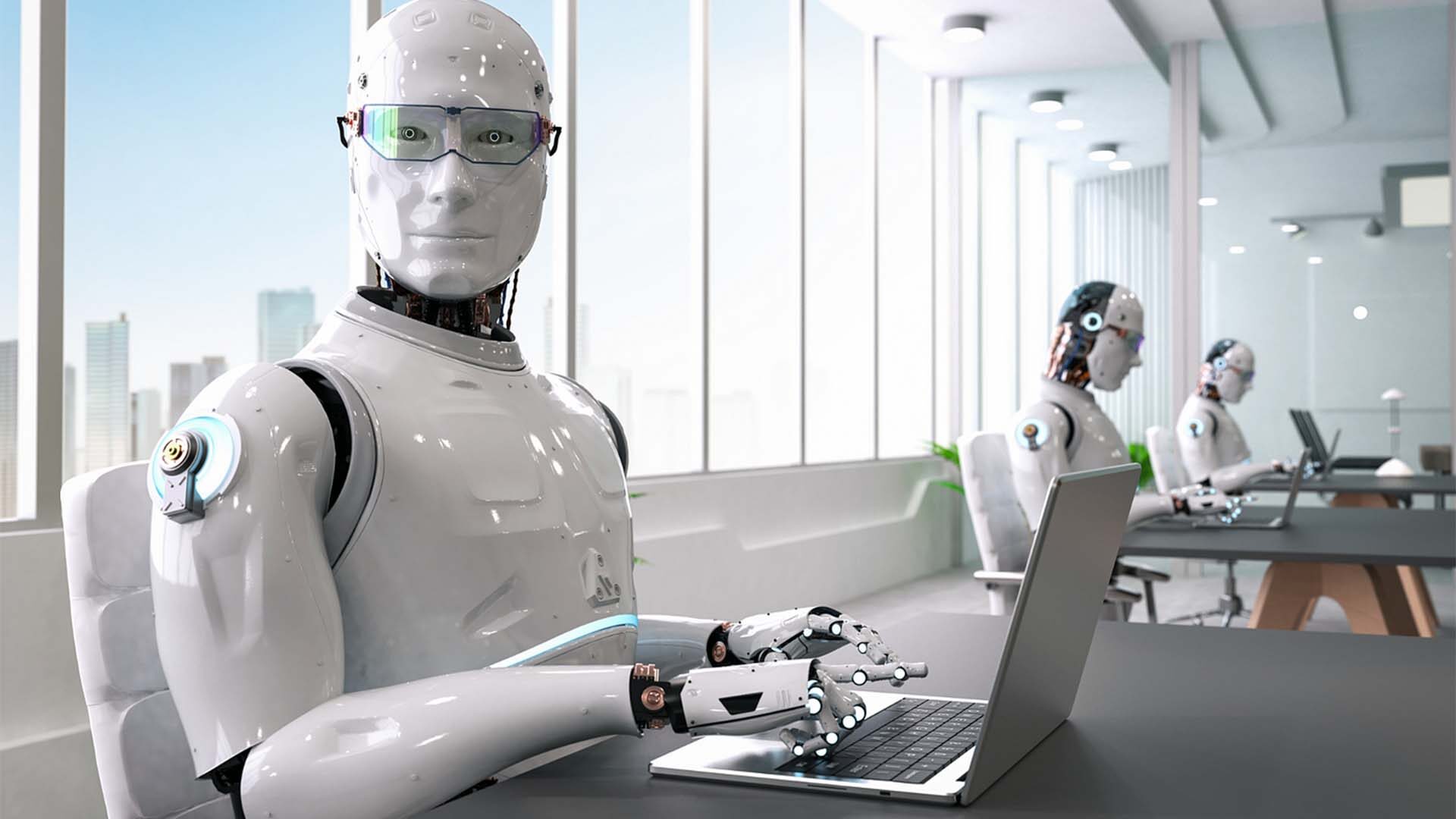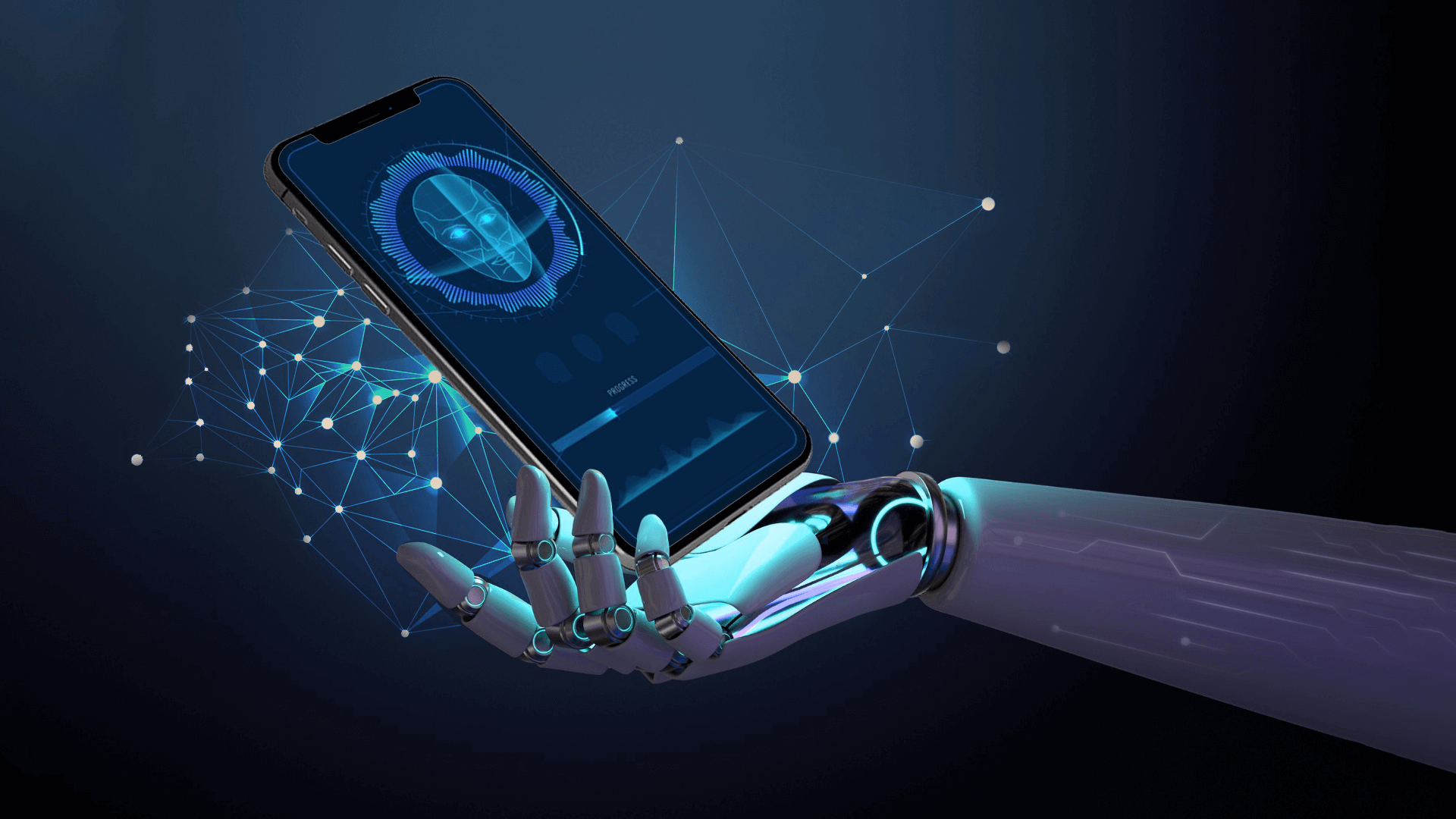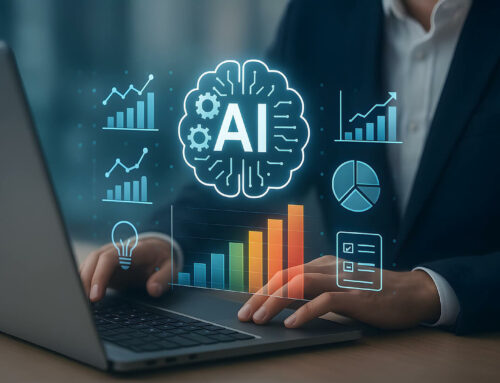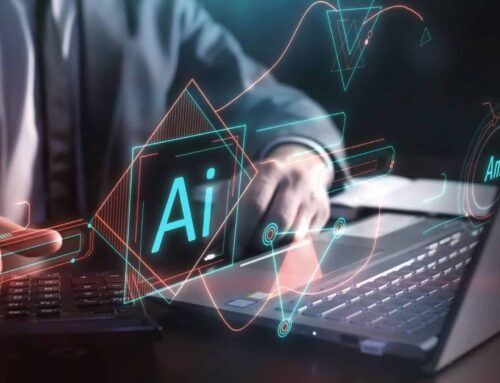When we think about product design, creativity and human touch usually come to mind. But with the rise of artificial intelligence (AI), the process of designing products has changed significantly. The question is, can AI really transform product design and make it better? Let’s dive into how AI is impacting product design, its advantages, and the challenges that come with it.

How AI Tools are Changing the Way We Design Products
AI is changing how we do ai in product design in many exciting ways. With the help of ai tools and algorithms, product designers can now make the product design process easier. Tools like generative ai are helping design teams to create more creative and unique design concepts quickly. These ai-powered tools give multiple options for new product design, making the creative process faster and smoother.
Also, using artificial intelligence in ai in product design helps companies manage their product development better. By using ai algorithms, designers can test different use cases and ideas before deciding on the final design. This makes the design process quicker and gives better results. With ai in product design, a product designer can make a new product faster, with more accuracy, and discover new possibilities that were not possible with old product design tools.
The Role of AI in Enhancing Creativity
The role of ai in product design is growing quickly, especially in boosting creativity. With the help of ai technology, designers can use advanced ai product design software and tools to explore new ideas and approaches. Product designers can use generative ai to create multiple design variations, which helps improve or rethink an existing product. This process, called generative design, allows for many design ideas that would be hard to achieve manually.
AI for product design not only makes the creative process faster but also opens up more possibilities in industrial design. By integrating ai technology into the product development process, designers can try out different design concepts, refine their ideas, and bring them to life more quickly. With the help of ai software and tools, here’s how ai can enhance creativity in ai product design:
- Generate many design variations for quicker decisions.
- Boost the creative process by offering unique design ideas.
- Use ai product design tools to explore different styles and structures.
- Simplify complex designs with advanced ai product design software.
- Help designers with insights that may be missed manually.
The impact of ai on creativity in ai product design is changing how designers work, bringing new opportunities to the product development process.
What Role Do AI Design Tools Play in Automating Product Design, and What Are the Limitations?
AI design tools have become game changers in product design. These tools automate repetitive tasks, reduce the time spent on manual processes, and improve accuracy. From sketching to prototyping, AI can take care of many aspects of the design process, allowing designers to focus on more important parts.
Christine Dalayap, Business Executive Manager at JP Franklin Roofing, believes that AI design tools are incredibly useful in uniting different teams. She says:
“AI design tools unite developers and designers, making collaboration easier and promoting a more unified workflow. They automate testing and provide real-time feedback. However, AI has limitations and cannot fully replace human creativity or emotional intelligence, which are essential for design.”
This highlights how AI can streamline teamwork but still needs the human touch for creativity.
Shreya Jha, Public Relations Executive at AppyPie, also shared her views on the role of AI in automating product design. Here’s what she says:
“AI design tools automate various aspects of product design, including:
- Rapid Iteration: These tools allow designers to test and iterate on designs quickly, making it easier to experiment with different styles, layouts, and functionalities.
- Data-Driven Insights: AI can analyze user interactions and feedback, providing insights that inform design improvements and optimization.
- Accessibility Features: Some AI tools can automatically suggest or implement accessibility features, ensuring designs cater to a broader audience.
However, there are limitations:
- Creativity Constraints: While AI can generate designs based on patterns, it may lack the creative intuition and emotional intelligence that human designers bring to the table.
- Quality Control: AI-generated designs may require human oversight to ensure quality and alignment with brand identity and user experience standards.
- Dependence on Data: The effectiveness of AI design tools often hinges on the quality and quantity of data used for training, which can limit their applicability in niche markets.”
Shreya’s insights show how AI can improve various aspects of design, but also point out the need for human involvement in ensuring quality and creativity.
Personalized Product Design Using AI
Personalized product design using AI is really shaking things up in how we create items that fit individual needs. In the product design industry, designers can use AI to make their designs more specific and relevant for customers. With the help of generative AI tools, AI could assist product managers in creating new product designs that truly reflect what users want. It’s amazing how the power of AI and machine learning can transform product design into something much more dynamic and responsive!
Benefits of Using AI in Product Design
When you’re a product designer, using AI in product design makes it super easy to quickly generate product options based on what users prefer. Imagine being able to make design changes on the fly to match your audience’s needs! AI helps by understanding customer feedback, which means you can create better and more personalized product experiences.
Challenges in AI Product Design
But let’s be real, it’s also important to think about the pros and cons of AI. While AI is capable of boosting creativity and efficiency, there are some challenges too, like the risk of losing that human touch in design. It’s all about finding the right balance between AI and machine learning and traditional design and engineering skills so that the designs really connect with users.
Discovering the Potential of AI
Looking ahead, it’s exciting to discover how AI can keep influencing the way we think about product concepts. By using Gen AI, designers can push boundaries and explore fresh avenues for innovation. This means each product can be not just functional, but also personalized to meet the unique needs of every user. How cool is that?
AI and Predicting Market Trends in the Design Process
AI and predicting market trends in design are really coming together in exciting ways! With AI in product design, understanding and anticipating what users want has never been easier. By using AI to simulate user interactions, designers can gather valuable insights about preferences and needs. This is great news for product and UX designers, as it helps them create a better design and user experience that really matches what people are looking for.
One of the coolest benefits of AI is how it can streamline the product design process. AI is capable of analyzing huge amounts of data, spotting trends and patterns that we might miss. This means that AI tools provide designers with the info they need to make quick, smart decisions. By bringing in artificial intelligence in product design, teams can play around with different design variations and tweak product specifications to fit user needs perfectly.
Plus, AI could unlock a whole new world of possibilities throughout the product lifecycle. With the help of technology in product, AI can produce insights that lead to some really innovative new product features. Designers can take a data-driven design approach, using computer-aided design tools to create products that are not only functional but also super appealing to users. All in all, AI is already changing the game in design, making it more effective and user-centered. How exciting is that?

Combining Human Creativity with Artificial Intelligence
Combining human creativity with AI power is a game-changer in the world of design. With the rise of AI, we are seeing how AI is transforming the way we approach product design. The advancement of AI allows designers to generate product designs more efficiently than ever before. By blending human ideas with AI tools, we can explore new possibilities at all the stages of the innovation process, including product design.
Moreover, AI and ML (machine learning) can enhance creativity in many ways. For instance, AI can provide a fresh perspective by analyzing existing designs and suggesting improvements. AI can automate repetitive tasks, which frees up designers to focus on more creative aspects of their work. This means AI can help make product design by streamlining processes, allowing teams to bring innovative ideas to life faster and more effectively. By working together, humans and AI in product design can create designs that truly resonate with users.

